 Happy father's day to my father who will be celebrating his 95th birthday at the end of June. Happy father's day to my father who will be celebrating his 95th birthday at the end of June. It rained. Wow, it's incredible what rain has done for the lawn, the fruit trees, the garden and the weeds. Even people are a bit more cheerful with the beautiful mornings cleansed by God's gift of rain. It's weeding season at my house. Farmer's markets officially begin for me on Saturday, July 2. In the meantime, I'm trying to weed (about four hours every day I can) to give my plants the optimal opportunity to grow. Hopefully, the warmer temps will boost the tomatoes, peppers and squash. Speaking of fathers, a robin father kept me company in the high tunnel on Monday, collecting bits of straw and string to build a nest. It's a little late, I think, but completely ignoring my presence, I watched the bird gathering a beak full of building material. It was pretty amazing. Then I remembered Sunday, June 19, is Father's Day. Not everyone my age still has a father, but our family seems to have some longevity in its DNA. My dad also has a birthday at the end of the month – he will be 95. So, according to information on the internet, Father's Day was the brainchild of Sonora Smart Dodd. Her father, a Civil War veteran, raised her, so she created a day for him. But the first official holiday was celebrated on June 19, 1910. It began as a religious holiday, as Dood thought of the idea during a Mother's Day sermon, but it became commercialized with gifts and cards. Not only are our fathers honored on that Sunday, but grandfathers, brothers, husbands, and any influential male in your life. A couple of days later, at 4:14 a.m. Tuesday, June 21, the astronomical first day of summer begins. We have all been waiting for summer. This year's longest day is also known as Midsummer's Eve, a national holiday in Sweden and Finland. If you observe the sunrise, it's amazing how the position changes over the year. In our area, the sun reaches its highest and northernmost points in the sky, summer in the northern half of the globe. On Tuesday, in our area, sunrise occurs at 5:47 a.m. and sets at 9:43 p.m., giving us nearly 16 hours of daylight, not counting Twilight. For those who don't study the sky, there are three observable twilights – civil, nautical and astronomical. They each occur twice in 24 hours. Let's begin at night. When the sun sets and until it reaches six degrees below the horizon is Civil Twilight. Nautical Twilight begins where Civil Twilight ends. If you are a sailor, you will know that Nautical Twilight ends when the horizon and the sea are no longer distinguishable. Once Nautical Twilight began, sailors could navigate using the visible planets and stars. Astronomical Twilight starts when the sun reaches 12-degrees below the horizon through about 18-degrees. This is the time to begin star gazing. Hopefully, you can find some areas not polluted with light to observe these three twilights. In the morning, the order of Twilight reverses as the sun approaches the horizon. According to the Famers Almanac, Midsummer marks the midpoint of the growing season, halfway between planting and harvest. This is the time more commonly referred to by every gardener as "The Weeding Season." So while you are all dancing and feasting and celebrating Midsummer's Night Eve, gardeners will be taking advantage of the extended daylight to, you guessed it – weed. Thankfully, from Tuesday forward, the days will become noticeably shorter. That means I might sleep past 5 a.m. because every good gardener "makes hay while the sun shines this time of year."
0 Comments
Dandelions are prolific this time of year. Recent rains have breathed new life into the lawn and the dandelions that serve as bee food, people food and ingredients for soaps and lotions.
You see them everywhere these days. Fields of yellow blossoms waving in the sun and warmth of coming summer. The word must be out. Summer's coming. More and more people are allowing at least one crop of dandelions to gracefully age into white-headed ladies before casting their future into the air and dying. Do bees need dandelions? Maybe not. My husband quit spraying the driveway to kill off the unwanted "weeds" a few years back. He stopped spraying because he read that the bees needed the dandelions. And we need the bees. That made me very happy. As you know, I'm always sticking things in my mouth while working outdoors, and now everything has been chemical-free for at least four years. If you do more research online, you will find that dandelions are not necessarily a first-choice bee food. The pollen in dandelions is not sufficient for the bees. However, they rely on dandelions as filler food if pollen from fruit trees and flower beds is insufficient in early May. They are also very abundant if allowed to seed out every year. Dandelions are a common member of the sunflower family, and there are about 100 species. Like sunflowers, you may have noticed dandelions open with the sun and close overnight to sleep. The serrated leaves reminded someone of a lion, hence the French name "dent de lion" or lion's tooth. Dandelions are survivors and spread like wildfire. They do not need insects to pollinate for seeds to survive, even though insects and bees hop from one to the other consuming nectar or seed. Because I love folklore and such, a dandelion represents three celestial bodies. The flower represents the sun, the puff ball resembles the moon, and the seeds floating away on a summer breeze (in North Dakota, anything under 60-miles per hour is considered a breeze) represent the stars in the sky. But, never mind the bees, there are many reasons not to kill off the dandelions. In many cultures, the herb dandelion was more valued than a green lawn. First off, if you have small children, dandelions are usually the first "flower" a mother receives. What could be more joyful than watching a child's fascination with dandelions? As my summer reading program, I purchase "old" novels from Abe Books like Foundation, The Invisible Man and Fahrenheit 451. When Fahrenheit's main character, Montag, meets Clarisse, she rubs a dandelion under his chin. She explains that if the pollen rubs off, he is in love. He is married, but no pollen would indicate he is not in love with his wife or anything in this dystopian novel by one of my favorite authors, Ray Bradbury. All three parts of the dandelion are useful and edible. The leaves can be eaten when young as bitter greens in salads or frittatas. The leaves make good tea, and the root can be dried and ground and used as a coffee substitute. Green leaves can be mixed with basil and made into pesto with a healthy kick. Like squash, the blossoms can be dipped in egg white and fried or taken off the bitter pod and sprinkled over salad. I have yet to try this, but I harvest dandelions to make soap or dying organic cotton fabric. The color of the dandelion leaf is a beautiful green. Dandelion-infused soap or balm soothes irritated skin. I'm planning on drying some root this year because someone told me it smells like chocolate. And, who doesn't like chocolate? When harvesting roots, you will see earthworms gather around dandelion roots, for it is a natural humus producer. Humus is soil with an ecosystem and a goal for people who grow. While we wait for the gardens, patiently, I might add with these recent cold temperatures, try a few dandelion experiments and let me know what you think. 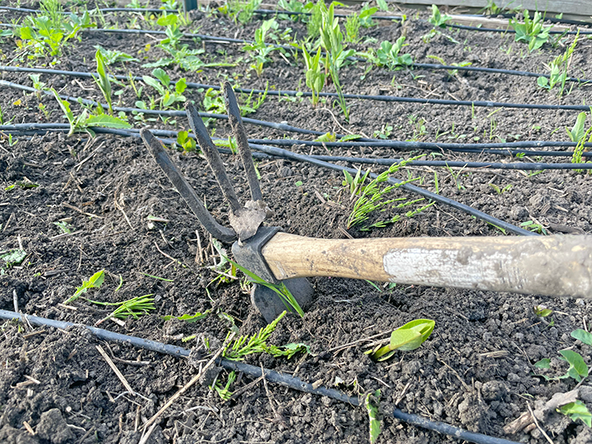 This new hoe is perfect for my raised beds. It's narrow enough for close rows. This new hoe is perfect for my raised beds. It's narrow enough for close rows. By the time you read this column, your garden should be planted. The weather has cooperated with much-needed rain. Transplants aren't shocked as much when under cover of clouds for a few days as they acclimate to their new home outdoors. My greenhouse is so leaky I don't feel the need to harden my transplants off before putting them outside. Naturally, I have more tomatoes than I have space, so I will have to find someone to adopt them because I cannot kill them myself. The rains have been most welcome, not overpowering or filled with anger and hail. We try to protect the tiniest of transplants with old tin cans or plastic Folgers containers. I prefer the tins but don't often purchase restaurant-sized cans of beans. So I scrounge. While rain is a blessing, there are other things taking advantage of the wet – my arch enemy of late – weeds. They say that weeds are simply plants that grow where they don't belong. I have never seen so many weeds show their faces so early in the season, and I guess I have to blame the rain. This is my year to defeat those weeds and try and have a picture-perfect garden. (I have found that the only picture-perfect gardens are those on television, but that's a story for another time.) You can do things to prevent weed pressure on your vegetable plants in their early development. This year, I will win the war on weeds. So, when hopefully the sun shines warmly on Monday, I begin my weed rotation. First off, the ground near the drip lines is green and furry like a Muppet. So, I will get out one of my favorite "zombie" killing tools and begin to "disturb" these first-out-of-the-chute weeds. My latest "zombie sticker" is a hand-held hoe narrow by about two-thirds the width of a regular hoe. I have some raised beds with close rows, and this tool is perfect for that three-inch space. My first attempt at weed control involves hacking the soil and "disturbing the roots" of these unwelcome plants. Allow them to lie on top of the ground and dry out. If you do not dig deeper than an inch or so, you will not bring any more weed seeds to the surface and thus eliminate (hopefully) many weeds. One of the things you must be very careful about early in the garden is disturbing the roots of the plants you wish to grow. Sometimes you need to allow the weeds to coexist until the vegetables are stable enough to stay rooted as you remove the weeds. If your carrots are up and you want to help them, use the Ruth Stout hint about using manicure scissors to cut those weeds at the soil line, leaving the carrots intact. This also works for thinning carrots and beets. And the view from down under can be quite pleasant on a sunny summer morning. Once your vegetables and herbs are stable and healthy and the soil is warmed, you can control weeds by mulching with grass clippings, straw or those weeds you have pulled and allowed to wither in the sun. People say gardening is difficult, but if you can spend the first month nurturing your plants and disturbing the weeds, you can sit back and enjoy your garden until it's time to harvest. It needs very little attention, water, sun and love. But, don't forget the love. That's the most important thing you can do. Even if you can't get a handle on all the weeds, they do serve the purpose of keeping your soil covered. Don't fret. Even weedy gardens produce, just not as much. So sing to those plants and let the battle begin. 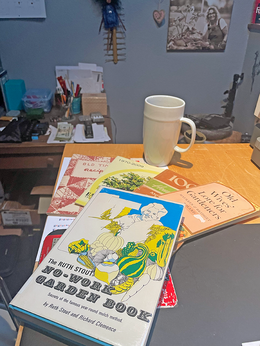 I love books and collect as many as I can get on my wall to ceiling bookcase. There is much wisdom to be gained from books written years ago on the topic of gardening. I think not everyone will be as excited about this topic as I am, but here goes. Nothing thrills me quite so much as seeing worms in the garden. Our recent drought relief rains have brought many benefits – green grass, 12-inch tall garlic and earthworms. Finding earthworms in the soil as I work diligently to suppress the weeds that have thrived in our recent rains makes my heart leap. There are many ways to healthy soil, but seeing earthworms every time you put a trowel into the earth is a good sign. Having an abundance of worms in your garden help to recycle old roots, litter, etc., into much-needed nutrients. Earthworms also act as aerators tunneling their way to and fro. Fishing aside, earthworms have two big jobs in your garden. Smaller worms live close to the soil's surface or around the roots of plants and don't mind the summer's warmer temps. And unlike my husband, these little worms don't mind my garden's crowded plantings. They eat organic matter. Like the left-over leaves from the fall, decomposing cardboard or newspaper mulch or anything left on the soil's surface that eventually becomes compost with the help of worms. Once that organic matter passes through the worm, it becomes richer in the form of worm poop – commonly referred to as "castings." You can purchase castings. Fishermen dive deeper in search of nightcrawlers. My former brick bungalow in Mandan was constructed in the 1930s on a lot that the early settlers used to dump their grass clippings. The result was an uneven lawn filled with nightcrawlers. One evening I spotted a light moving across my yard and found some trespassing fisherman searching for nightcrawlers after the rain. I chased him off. These larger relatives of the surface worms do not compost organic matter but rather aerate the soil and prefer the cooler temps and less crowding deeper in your soil. Rain brings them to the surface. Whether you fish or grow food, everyone should welcome worms to their garden. Here are several ways to encourage worms:
It's been challenging to get the garden planted this month due to the sporadic rain showers and freezing temps of late. But, I welcome the worms, and eventually, we have to have summer. Here's rooting for the garden.
Someone posted a photo (Pam Adrian) on Facebook last week of her mother's blooming Hoya. It had more than 50 blooms. What? I'm envious. I have had a Hoya for years and years, and it has not once bloomed.
My plant came from a cutting of my grandma’s original in her mud porch. Being young and dumb, I never gave it much thought, but I remember it crawled across the window on the west side of the house. One year, my Aunt Alice gave everyone a rooted cutting at one of her famous gatherings. She and Uncle Ed took care of my grandparents towards the end of their lives, and she inherited the original Hoya. That plant loved my Aunt Alice so much that it grew across their sun porch and hung down from the ceiling with its green waxy leaves. When they moved to a smaller house, I inherited that original plant and promptly killed it off. My bad. I rue that day for sure. However, there's only so much space in my house for more plants. You see, quite by accident, I discovered if you lay a succulent leaf on the soil in the same pot, it will root. I was delighted to discover this, and not being the kind of person who throws anything green in the garbage, well, use your imagination. I share cuttings of this and other plants I care for with anyone who asks. Somehow their Hoyas always bloom but my "Grandma Plant" doesn't. I'm trying to justify in my mind why this is so. Here is one theory. Perhaps the grandmother of these cuttings doesn't bloom because she sends her love with the cuttings. Maybe someday I will be rewarded with 50 blooms, but I doubt it. I'm also not sure when houseplants went out of vogue. I think people do not like "dirt" in their new houses. I'm not too fond of plastic plants. In recent days, I have seen an interest in indoor gardening bloom. Personally, my house has never been without a jungle of green. I rescue plants from the store that appear dead only to have them pop into life and respond to a bit of love and water. Our house has a porch on the east side of the house. One year we added a roof and windows, and it has become my favorite place to write, and my plants love it. Hoyas thrive on neglect. One year we had to move out of our home for 95 days because of the 2011 flood. The only thing I took to my temporary home was my spinning wheel. When we moved back into our house in August, I discovered part of my Hoya was caught in that wheel and survived for that time. I planted it to reward that plant's will to live without water, soil or sunlight. It survives today. But it has not bloomed. Why do I want it to bloom? The blooms of a Hoya are waxy squares that open into beautiful five-point stars. They also smell great and weep a little. They are said to bring wealth and protection to the owners. That plant also carries a bit of my grandmother to everyone who has a cutting. It's just a small way to bring a tradition to my children and grandchildren in the form of a pink blessing. I guess I will keep sharing my grandmother, and maybe someday, she will reward my diligence with some blooms. Mother's Day was lovely. I hope yours was also. I spent most of the day with my green children outdoors. There was no wind, many happy birds, and warm sunshine made me change my plans to take the day off. Sitting outdoors with a cup of coffee only lasts so long till the call of the earthworms has me on my knees in the newly turned soil.
I noticed the lawn is a funny color. It looks green. And, it hasn't been that color for a long, long time. Recent snows brought much-needed moisture to our area. We will be cutting excellent chemical-free mulch shortly from the fields adjacent to the gardens. I love this time of year. I tucked potato eyes, planted broccoli under Agribond tents, and poked onions into rows in time to receive the beautiful rain on Monday. If you love onions and need a reliable variety, there is none better than Prairie Road Organics Dakota Tears. They are my all-time favorite. We have a bin full of onions from last fall that should last us until the new crop is ready for green onion picking. My husband was kind enough to get the pump into the irrigation ditch and hook up my water. No more carrying buckets to and fro, although it was in my plants' best interest that I save snow water for them. There's something about blessed moisture in rain and snow that makes those plants thrive. No Mother's Day would be complete without a trip to Runnings for some parts, and of course, I had to treat myself to some store-bought plants. I chose a couple of small lavender transplants because I cannot seem to get my lavender to overwinter. I use the cuttings for homemade soap and smudge sticks. I didn't see any grandchildren Sunday, but we have a get-together planned next week over pizza. I hope they filled out those "all about Grandma" forms again. It's a joy to learn how they view my world from theirs. At two, Oliver's answer to "Grandma likes to say" was, "It's time to eat." At four, Oliver's answer to "Grandma likes to say" was, "I love you." (Both are true.) But, he put me at 100 years old and said if we were to go anywhere in the world together, it would be to the market. (Farmers Market, that is.) At eight years old, Lucy said Grandma likes to say, "Let's go outside." She got the age pretty close, whew, and said, "we like to plant vegetables together." According to Lucy, I'm good at baking bread. She also told her mom, "Grandma just wants us to come out to her house so we can work for her." Sorry, grandchildren, but as my mom and grandmother (both are gone now, Mother's Day has changed for me) used to say, "work makes life sweet." And might I add, "But so do grandchildren."  This lamp is a very cherished piece of art. I was so delighted when the young artist from Fool Moon asked me to make a trade. I call it my Dr. Suess lamp. It was Christmas, and I was home from college. My friend Larry had just moved into a small house a few blocks from my parents' home, and I had planned on visiting him. And, bring him a Christmas gift. I have been crocheting since I was about eight years old. I mainly was crocheting, not making anything of note. It kept my hands busy, and for some reason, unbeknownst to me at the time, I believe the counting of stitches was relaxing to me. I still do many forms of counting today – weaving, knitting, crocheting and even baking bread. It was a scarf in what must have been an unmemorable color because I somehow can't picture it. I'm sure Larry wasn't being unappreciative after opening the gift, but he did say, "Why do you spend the time to make a scarf that you could simply buy at the store?" Why indeed? Why do we make things, work with our hands, and gift handmade items rather than purchase things made (today) overseas? Handmade gifts are more expensive; why pay the extra cash? Well. When volunteering to do art classes at my children's elementary school, I used to explain it like this. When people visited me, they said, "Wow, your house has so many cool things. I love it." I said, "Well if you shopped at art fairs, you too could have a house full of wonderful things." I feel a connection if I am stirring kuchen pudding with a spoon that my friend Shuster made with his hands. A warmth. I take extra special care of the things made by friends as if I am taking care of them simultaneously. I made new friends and acquired new art no matter where I went. One of my best friends from Bemidji, then New York Mills, made the most exquisite and funky jewelry. I always received compliments when I wore her earrings. My house in Mandan was full of original prints, paintings, photos, blown glass, ceramic and raku vases, mugs, rugs and mats – you name it, I traded for it. Everything reminded me of a face or a place in time. I hope people who own my hand-loomed clothing or dishtowels feel the same. In purchasing something from me, they received a part of me. After moving to the "farm, and a smaller house, my children received many of my art items. My walls are still full of photos and paintings, including several my mother did when she became an empty nester. Whether Larry cherished that scarf or not is beside the point. It was given in the spirit of sharing. I hope the love I prayed into that scarf was a blessing to him. Sort of like I feel blessed that I have pieces of art from my friends who have since passed away. Hmmm, it's like a legacy, I guess. Not to mention, it's rare that someone would have the same piece in their house, and we all know how horrifying it is to walk into a gala with the same dress as the person across the room. Sometimes people would say to me, "Oh, I wish I was talented." I replied, "Well, if everyone could do what I do, then there would be no one left to buy anything from me, and I would have to quit creating. So, we need you. I make it, you buy it, we are both happy." Mother's Day is coming. Make your mom and your local artisans happy this year. My mother hated the wind. As I sat in my morning chair listening to the wind constantly blowing (since around April 12), I could see why.
The moisture was very welcome, and we did not have any snow this past weekend, but we received an inch of precious water, served up with wind. I can relate to why my mom hated the wind after listening to the ominous sounds of our house attempting to stand against the gale force of the north winds. Not to mention our high tunnels. As much as I love the stillness we experience each August, the wind never bothers me as much. I used to tell my two children to go outside and let the wind blow the stink off them when they were ornery. However, enough is enough already; I have spring work outdoors. When I come indoors and say, "It's so beautiful outside today." That comment has little to do with the temperature. I realized that the wind wasn't blowing on those "nice" days. And there's no such thing as a breeze in this state. Mom grew up in the Depression. I did a little research and found this information, "The Great Depression of the 1930s coincided with a long, intense drought in the Great Plains. Most of North Dakota suffered serious drought during the 1930s. When a little rain came along, it was often not enough to make up for the many months of drought that came before the rain. Crops dried up, and hay would not grow. Some farmers made hay with thistle to feed their cattle even though cattle won't eat thistle unless they are very hungry. Because there was no rain to wash away the grasshopper eggs, many farm crops were completely destroyed by clouds of grasshoppers. The grasshoppers were so hungry that they ate brooms and clothes on the clothesline once they had finished with the crops." (SOURCE: The Great Depression - North Dakota Studies. https://www.ndstudies.gov/gr8) I asked my mom about those days. She said, "I remember one dust storm. It was awful, it just . . . It was all black. Coming right at us. And then Alma (her sister) and I started crying because we were -- we must have been pretty little, so they made us sit underneath the window so we wouldn't see the dirt and dust storm. Then they went, and they stuck towels under the doors so it wouldn't bring too much dust in and on the windowsills. I don't know how long it lasted; that I can't tell you, and I don't know where the guys were, they must have been in the barn or something, but the younger ones were all at the house, they ran for the house when they saw that dirt coming. But that was horrible I can still see it. It's black." That doggone wind also robs us of some of that God-given moisture as it dries it up when it sweeps across the prairie. Don't get me wrong; I'm so thankful for the snow and rain. I can see the grass coming to life in the front yard. The nighttime temperatures will be rising this upcoming week and hopefully we will be able to see the garden and move my transplants to the greenhouse without the danger of freezing my hard work of the past two months. We all know the North Dakota weather saying, "if you don't like the weather, wait five minutes; it will change." Here's to change. PS: Here is the original quote from Mark Twain: "If you don't like the weather in New England now, just wait a few minutes." And you thought we made that up. I have fond memories of the Blizzard of ’66. No school for three days and afterwards so much snow and so little time. We hollowed out tunnels to slide from the top to the bottom. You can see the drifts in Fredonia were up to the roofs in many areas. The tiny figures at the peak are my sister and me.
I'm positive the topic of everyone's day is "blizzard." It's been on my mind. I admit, though, I love a good blizzard; however, it bothers me that it's so light out. You can't escape the light. The day begins at 6 a.m. and ends around 10 p.m. There's something unnatural about all the carefully sculpted snowdrifts and the light. At night, the beautiful full Pink Moon reflects brightly into our bedroom. There's too much light for snow. It should be spring. My plants know it. They want out. But, my greenhouse is a bit leaky. It was built from found objects beginning with our old houseboat. We repurposed old windows from the Mandan Beanery, and added a free greenhouse furnace from my daughter's garage sale treks, a potting table, bin and tools from the Wheelers when they moved to a smaller house, and a compost bin from my friend Jess Toman. That's just naming a few of the folks who have assisted us in building up our farm. My husband did the bulk of the work with the help of various volunteers, as covering a 96 by 120-foot-high tunnel cannot be accomplished with two old folks on ladders. It's April, and like we always do, we filled the propane tank. The seedlings have developed strong roots and healthy leaves this time of year and beg to go outdoors. The recent snow would be fine, but between the wind and the cold, I cannot lose my livelihood to a window blowing out or the furnace pilot light blowing out. There are drifts as high as the deer fence over my garlic. I can hear it screaming to be uncovered to take advantage of the sun and additional moisture. Alas, that's not going to happen for some time if the weather reports are accurate. Since I'm not driving to town to work anymore, I thought I would get ahead of the game and plant some Chinese cabbage and my favorite "trout romaine" lettuce. It's in the high tunnel and has a row cover plus some plastic over the top, but I fear it had not enough time to establish a root system before the 0-degrees nighttime lows. Sigh – "This is the way." The traits of a farmer most certainly include being an optimist with outstanding patience and plenty of faith. Mostly it's like gambling. You place your bets on specific crops and play the odds against Mother Nature every year. Usually, the rewards are not where you thought they would be. Snow rewards, although, were the much-needed moisture and grandma time. The children made it out for Easter dinner despite the white-out conditions at 5 a.m. Sunday. After dinner and Easter candy, we dressed in our snow pants and mittens and headed outdoors. It was only my son and three grandchildren. After a bit, my son went back indoors and there I was with the three youngsters. With only one sled to share, there was time to make snow angels, build a snow tower and throw snowballs at the hole where a beaver had decided to make his home in our irrigation ditch. That's a story for another time. It was the best Easter encouraging my grandchildren to live a little in the great outdoors by venturing a bit too close to the not-frozen ice to retrieve the sled whipped by the wind into the ditch. Oliver decided I needed help and ran to the house searching for a rescue team because grandma was in the water. If it had been one of them, I would have been banned from grandma-hood forever, sometimes too adventurous for today's parents. Grandma was rescued, the sled was saved, and so was the day. The "Best Easter Day" ever. 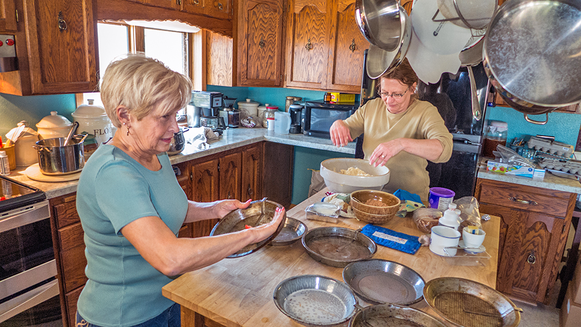 My cousin Marion asked me to help with kuchen for her daughter's wedding more than a few years ago. Most German-Russian weddings serve kuchen. Somehow, I remember kuchen being a spring dessert prepared especially for Easter; and one year, my birthday. It's spring. Here's hoping everyone is home safe and baking for Easter dinner. Of course, if we are in the middle of a blizzard this week – oh well, we need the moisture. So let's talk about the ultimate spring dessert – kuchen. Kuchen seems to be a famous mystery to most folks. They love it and want to learn how to make it or, better yet, have someone make it for them. It's not that difficult. Of course, the folks on The Great British Baking show do talk about the difficulties of Crème Pat. I experimented with puff pastry during Covid lockdown and realized that I have been making Crème Pat since birth (almost). Kuchen custard is the same recipe except for vanilla. Oh, and, so we are on the same page, my kuchen recipe is Protestant, the raised kind. If you are German, you know what I mean. Kuchen is for spring. I imagine that after a long winter, the cows freshen, the chickens begin laying with the longer daylight hours, and everyone is ready for Easter. I was born on a Good Friday, so my birthday was close to Easter for many years. And, I loved kuchen. One year my mother asked me what I would like for my birthday. I must have been around six or 7-years old. "I want my very own prune kuchen," I said; and received my wish. Prune? That's correct. If you are a true German-Russian lover of kuchen, you know that prune kuchen is the original flavor. Most people wrinkle their noses at prunes and associate them with, well, you know what. However, prunes are merely dried plums, sweet and delicious and the perfect non-juicy topping for kuchen. Every year about this time, I make kuchen. It freezes well, but I genuinely love it right out of the oven. My recipe makes 12 kuchen. If we are not hosting Easter dinner, I drive around and drop them off at all the children's houses and this year, I donated some to the church bake sale, so I wouldn't have to eat it all myself. I saved one prune for Sunday dinner. My kuchen has always been a source of pride, and I have heard some comments from German ladies such as, "this is the best kuchen I have ever eaten." My grandfather even told my mom that my kuchen was good. Coming from German-Russians, those are quite the compliments. Mainly because it is my Mom's Mom's recipe. When I teach kuchen classes, I include my grandmother's name, Gramma Emma, in the title. It used to be that I would not share my grandmother's recipe with anyone. One day, I realized that she might be disappointed in my selfishness. So to honor her, I submitted it to the Ewiger Saatz and Gutes Essen cookbooks, which wasn't hard since I wrote the copy and edited both. And, yes, I would share it here, but I am out of room for this week. If you ask, I will email it to you. Now, it's off to the kitchen to make my traditional "kase knephla" in preparation for Easter dinner. I'm so happy to be hosting this year for the first time in years. So, in addition to the kuchen, we must have traditional German-Russian foods. I do hope you have a blessed Easter with your family. |
Sue B. Balcom
Writing, or maybe talking, comes naturally to me and under the guidance of a great newspaper editor I have acquired skills that led me to author four books. Archives
January 2023
Categories |
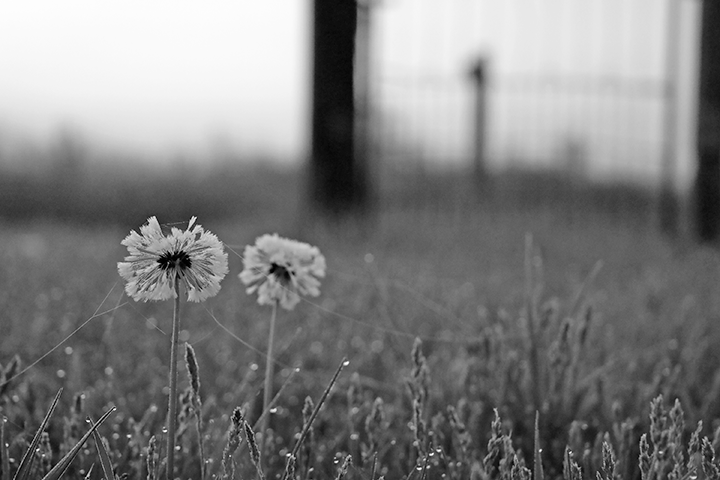
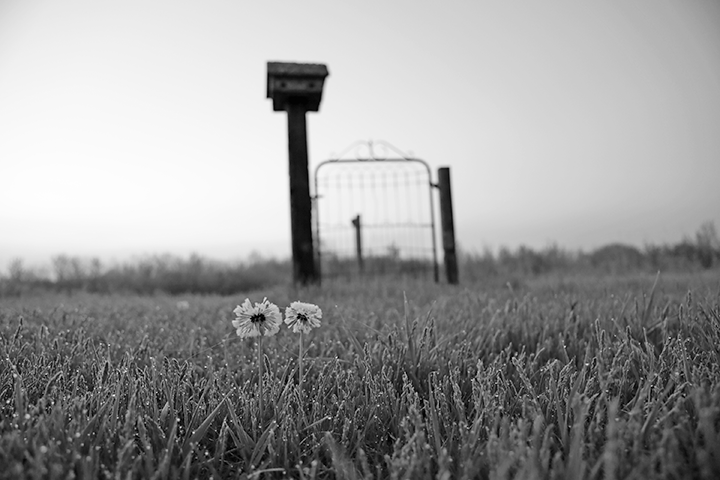
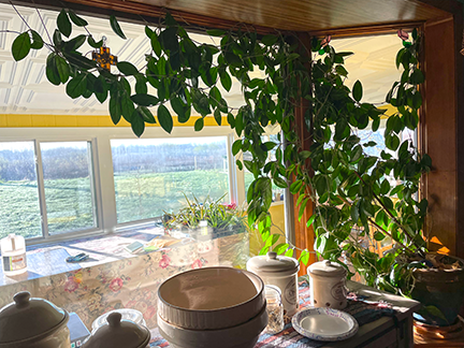
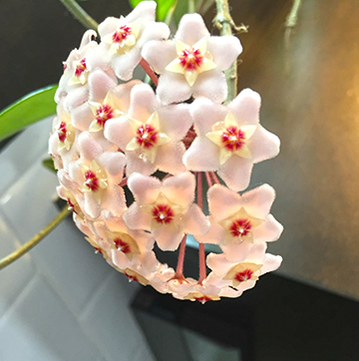
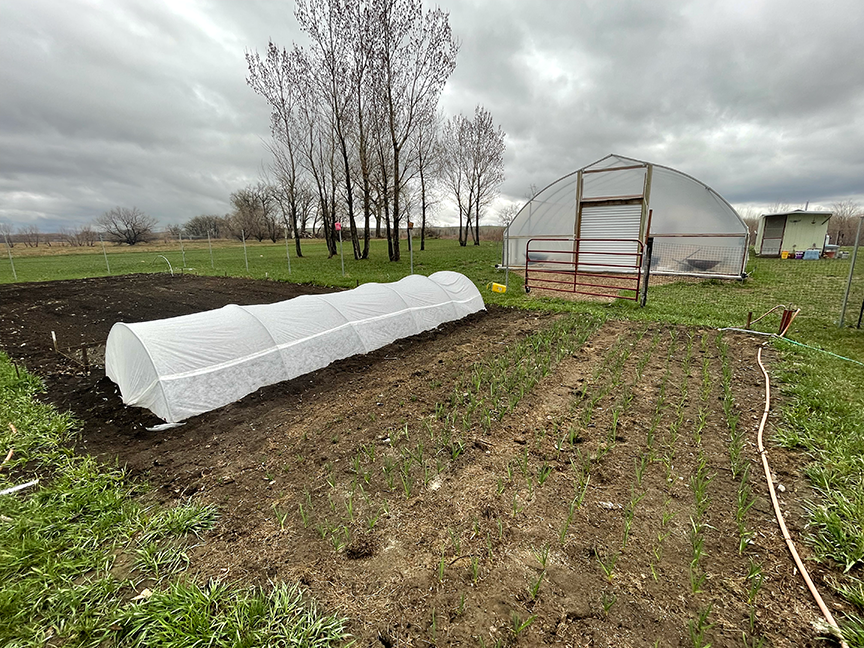
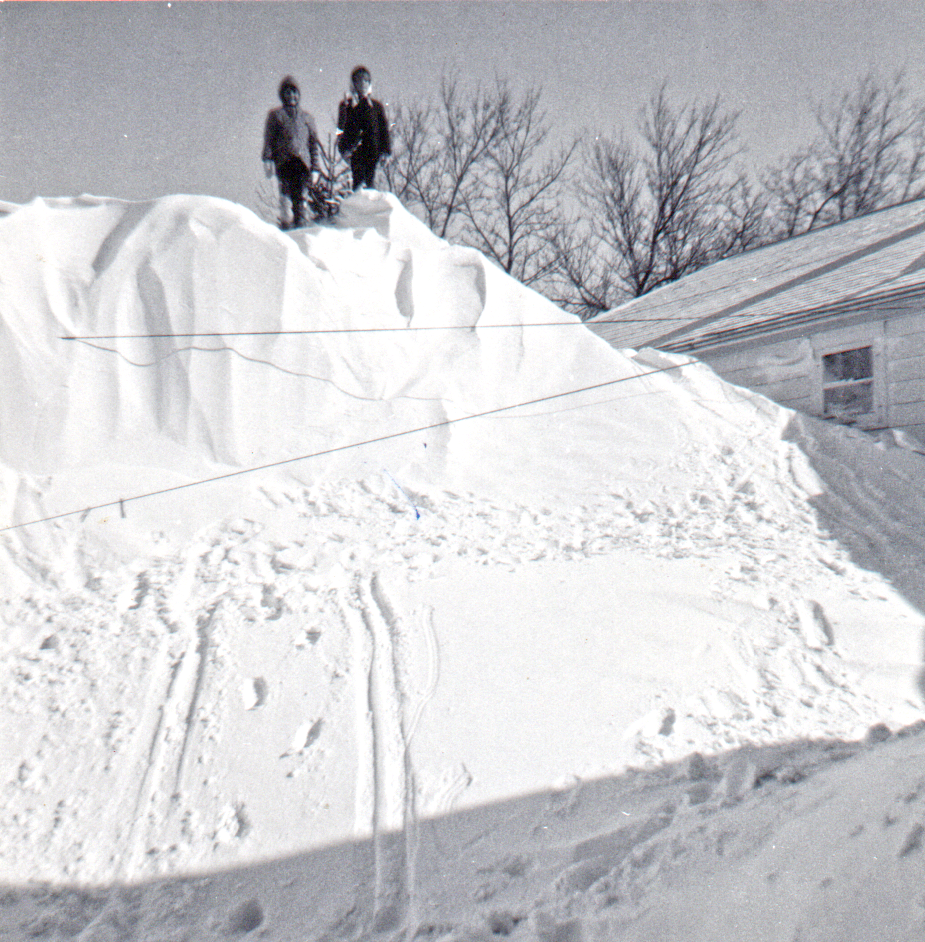
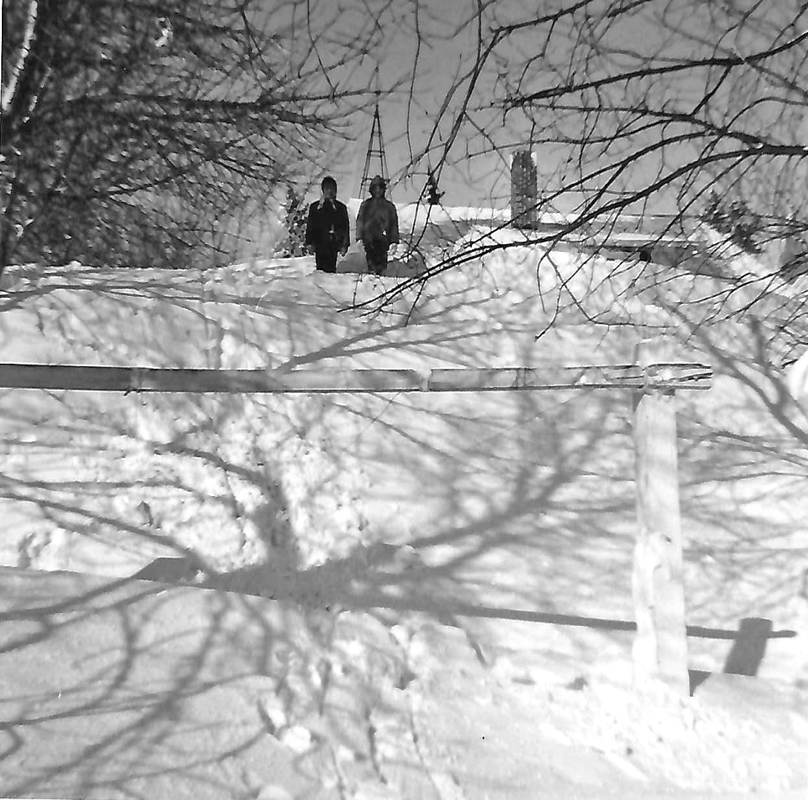
 RSS Feed
RSS Feed